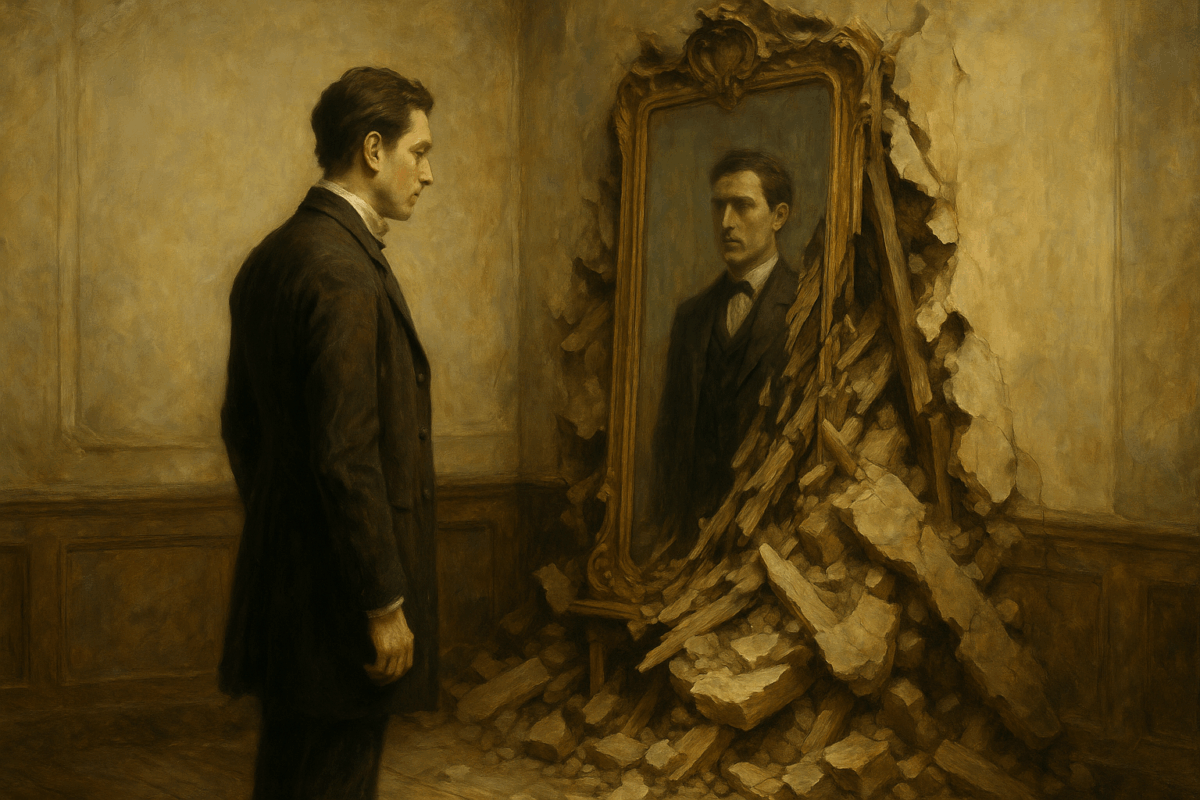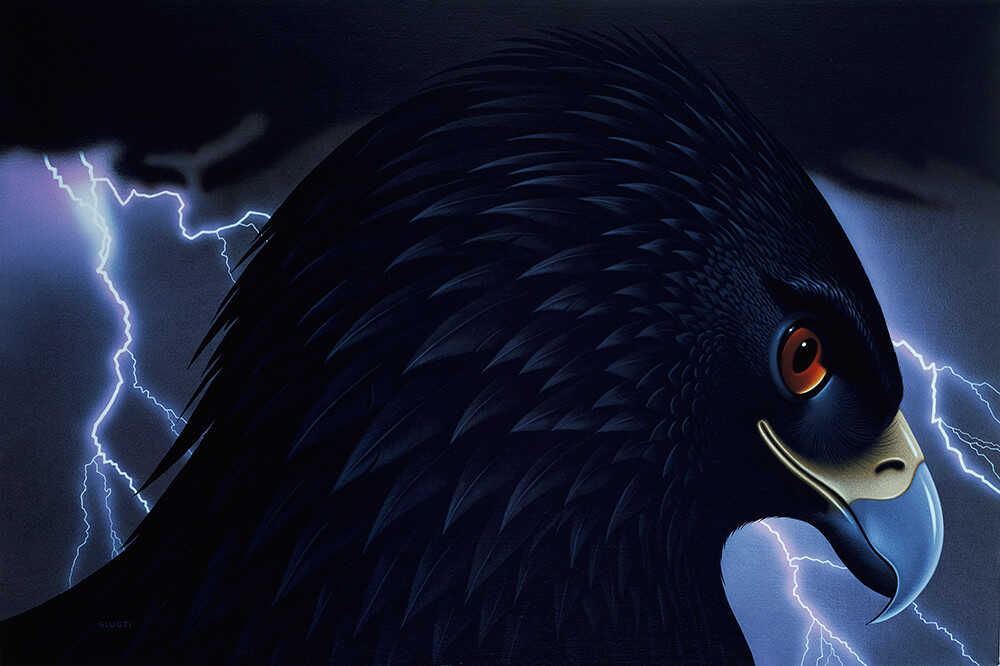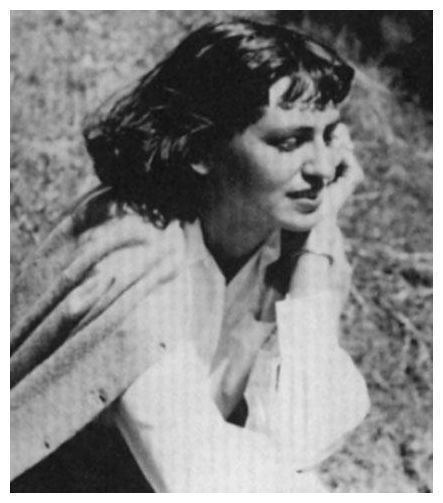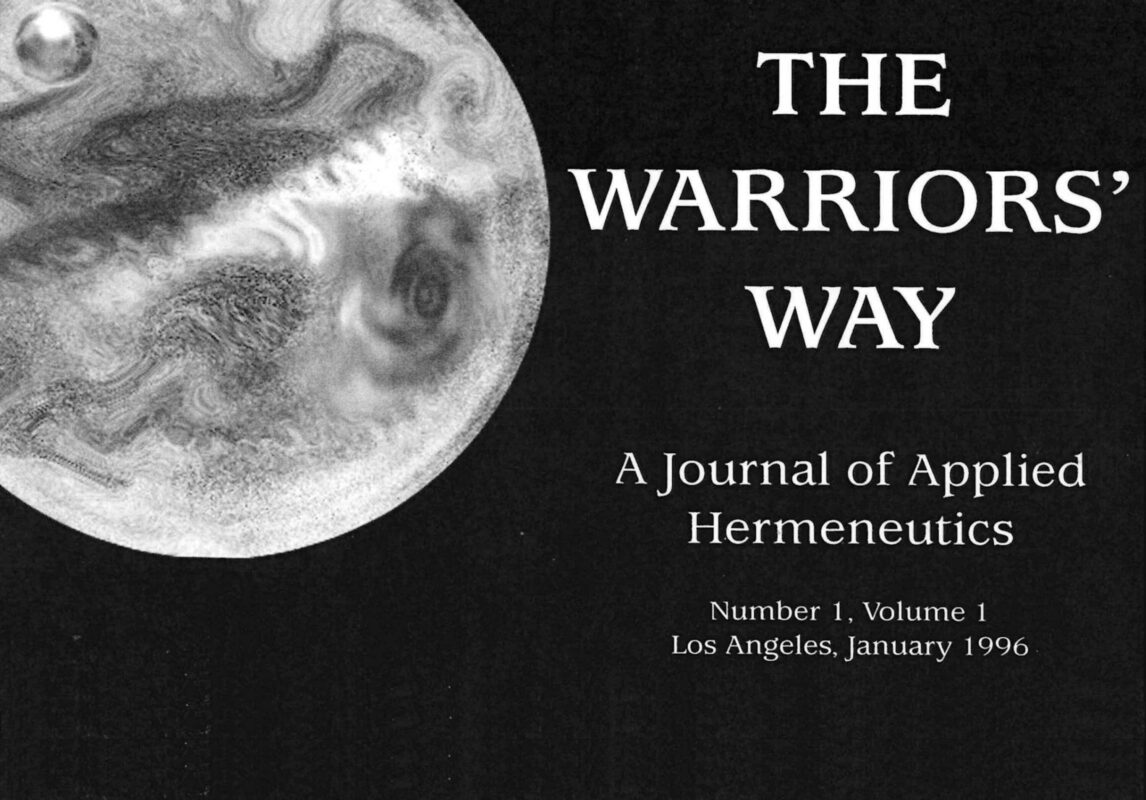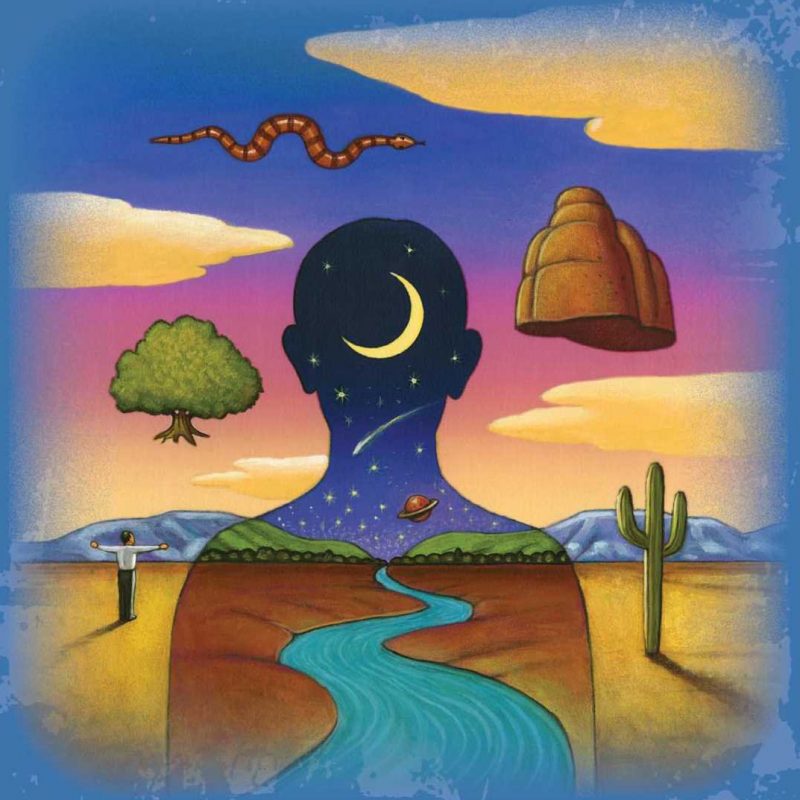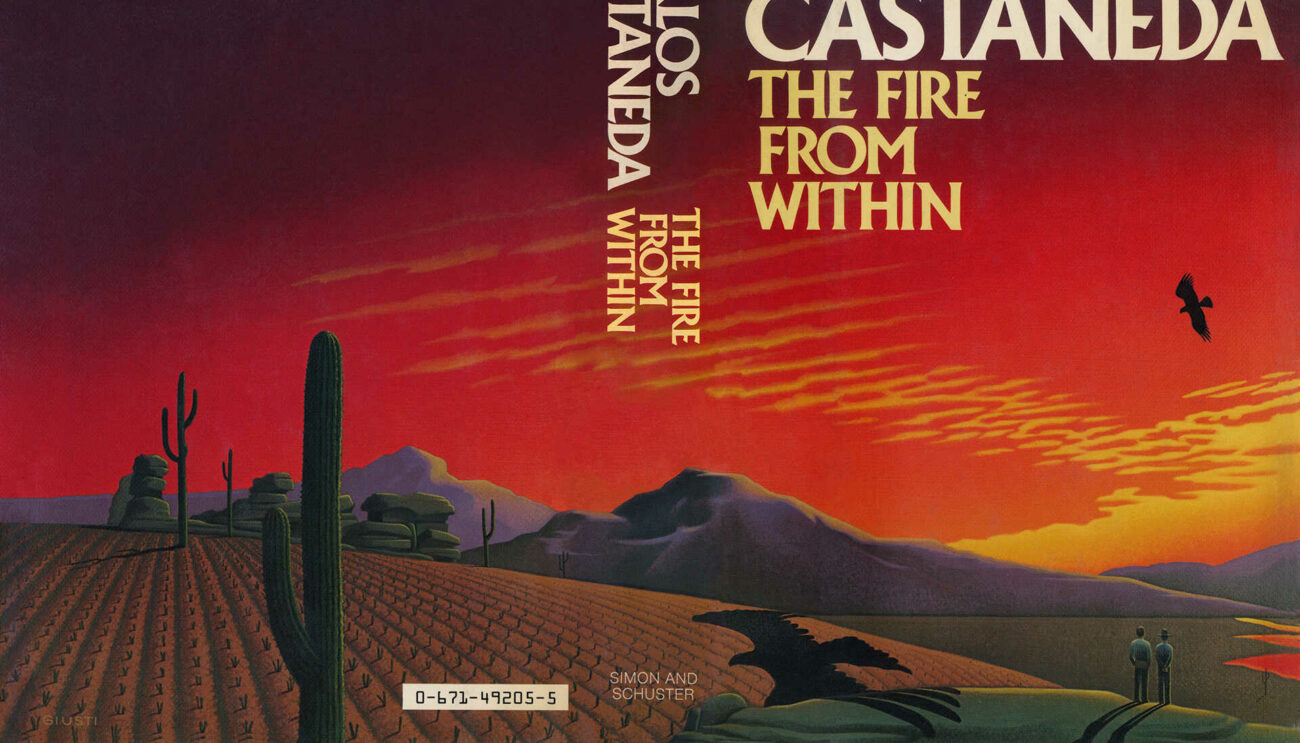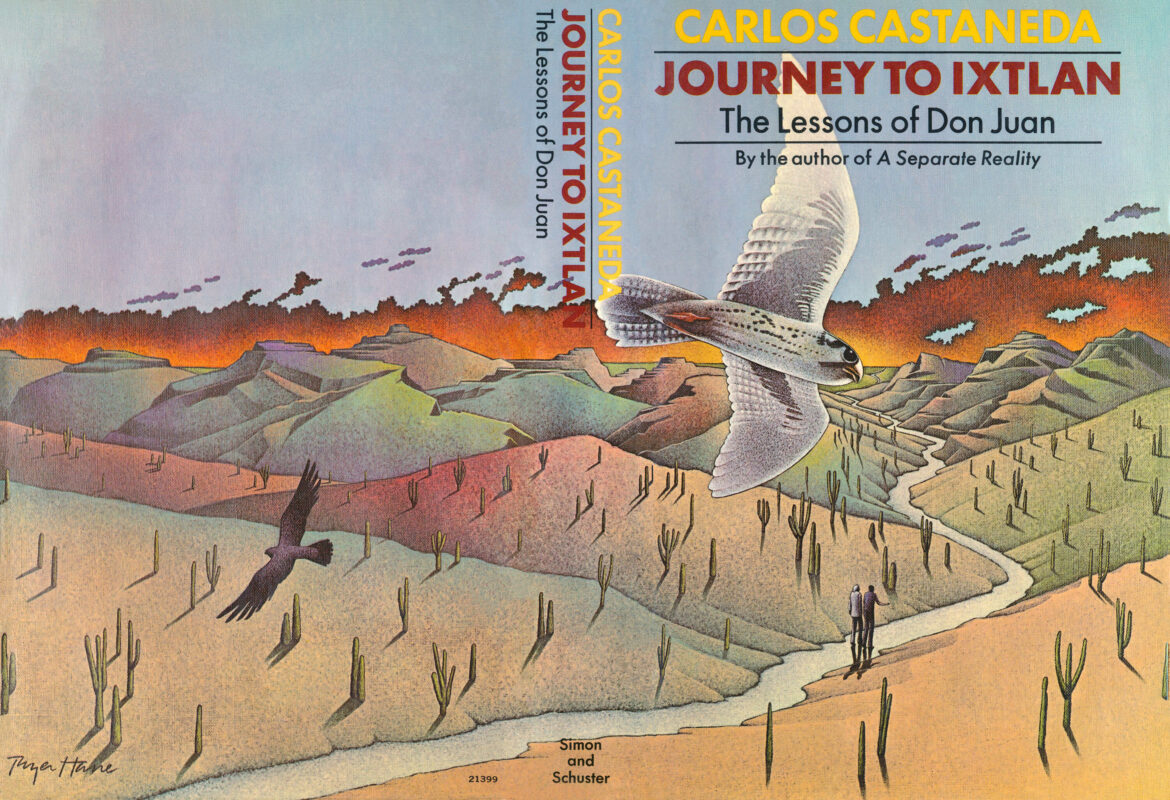Don Juan begins explaining the mastery of awareness by focusing on “petty tyrants,” external tormentors who serve as a warrior’s training ground. He deliberately provokes la Gorda to illustrate how self-importance is the greatest enemy of a warrior. Don Juan details the “attributes of warriorship”—control, discipline, forbearance, timing, and will—and explains how these are used to combat self-importance and harness energy. He recounts his own brutal experience with a “king-size petty tyrant” (a sugar mill foreman) and how his benefactor, the nagual Julian, used this ordeal to teach him these attributes. The goal is not just to survive, but to gain joy and impeccability in the face of adversity. Don Juan emphasizes that true defeat for a warrior lies in succumbing to negative emotions and self-pity, rather than employing strategy and detachment, and that confronting petty tyrants is essential for tempering the spirit and preparing for the unknown.
